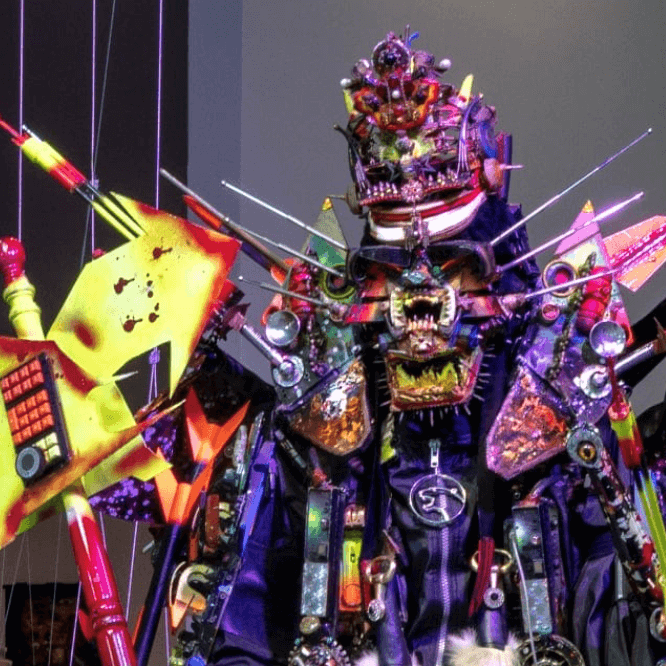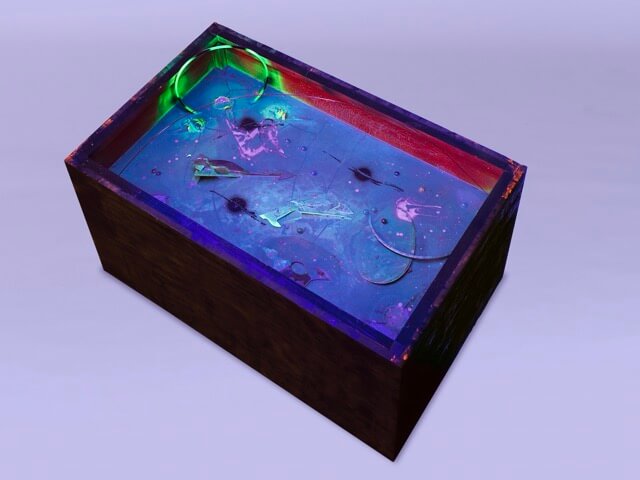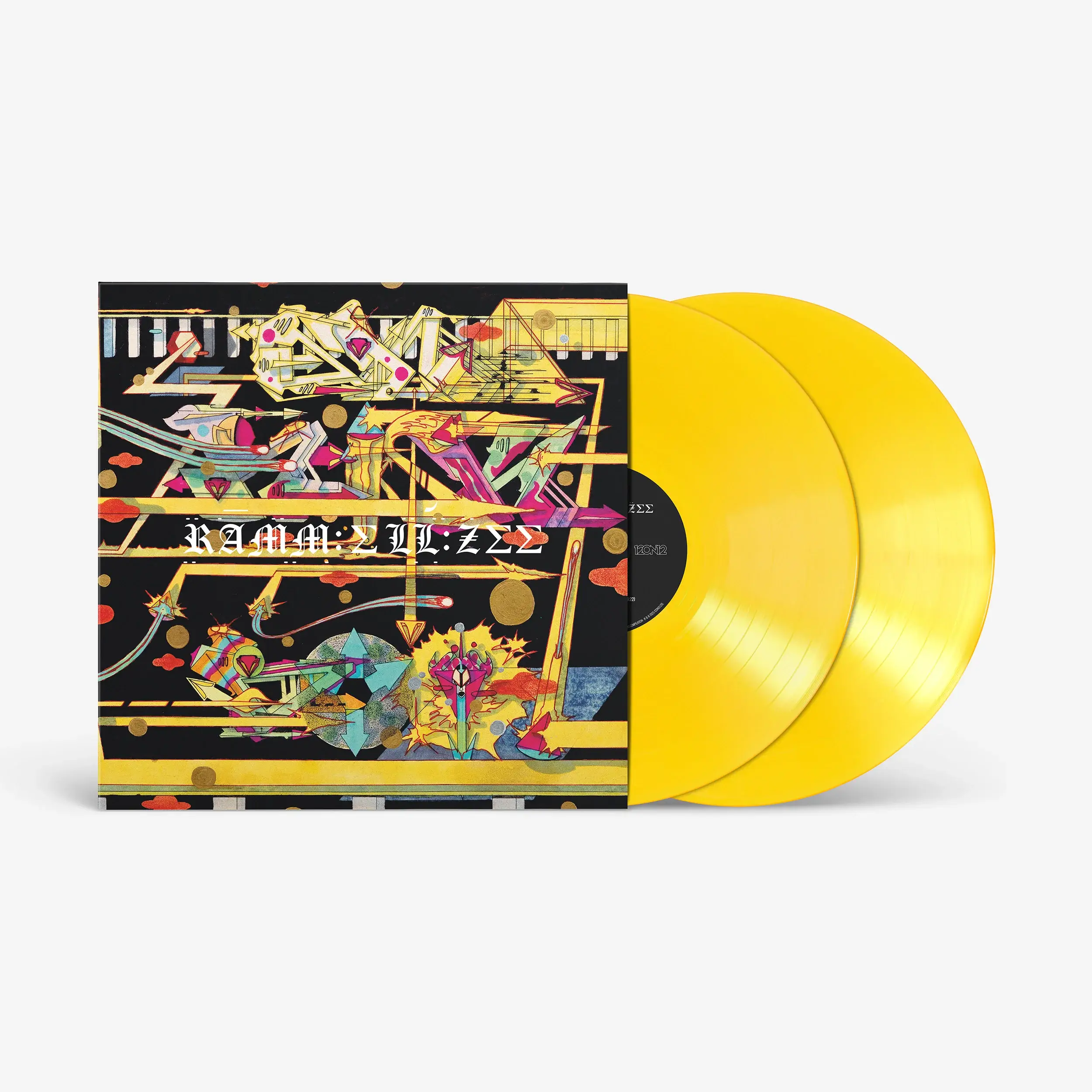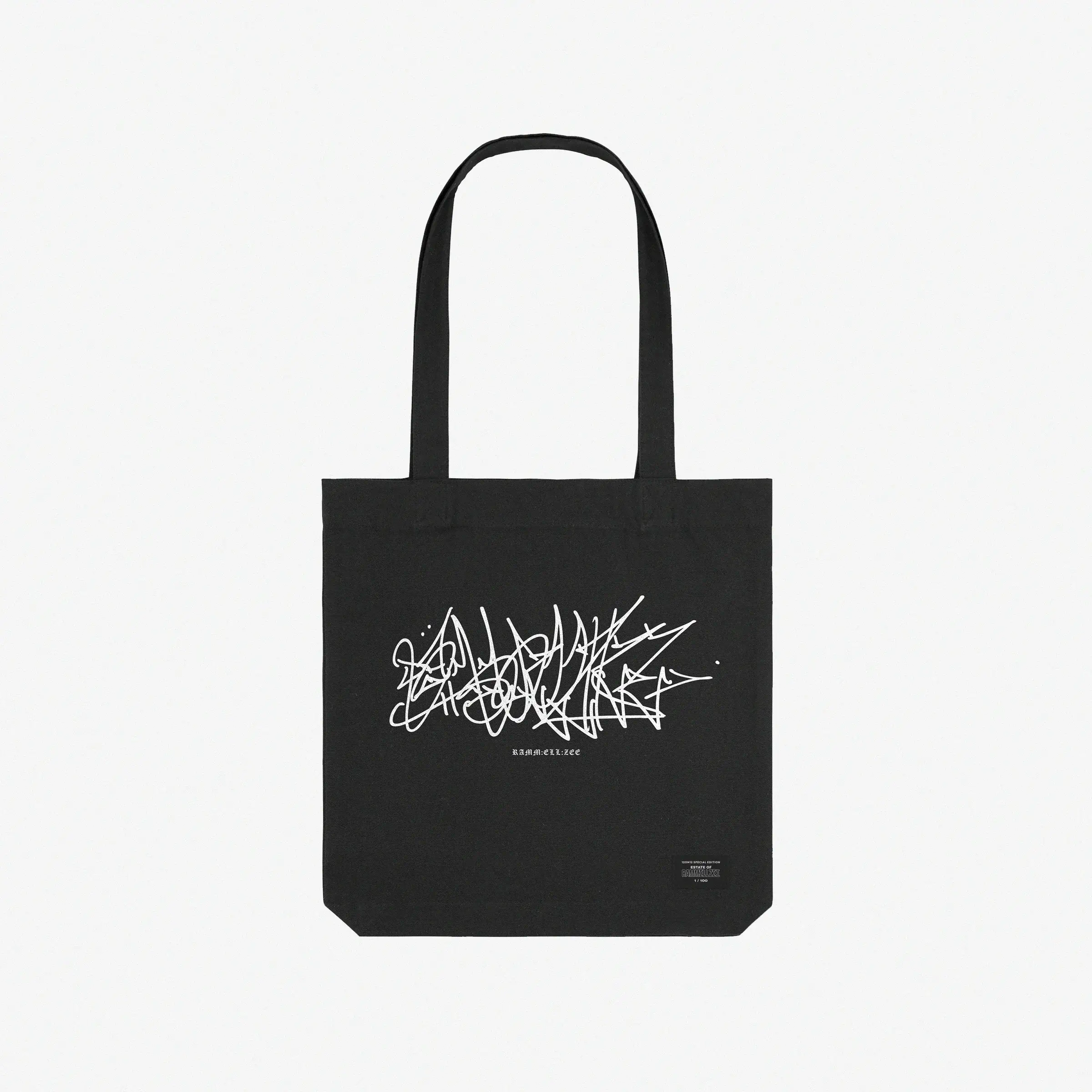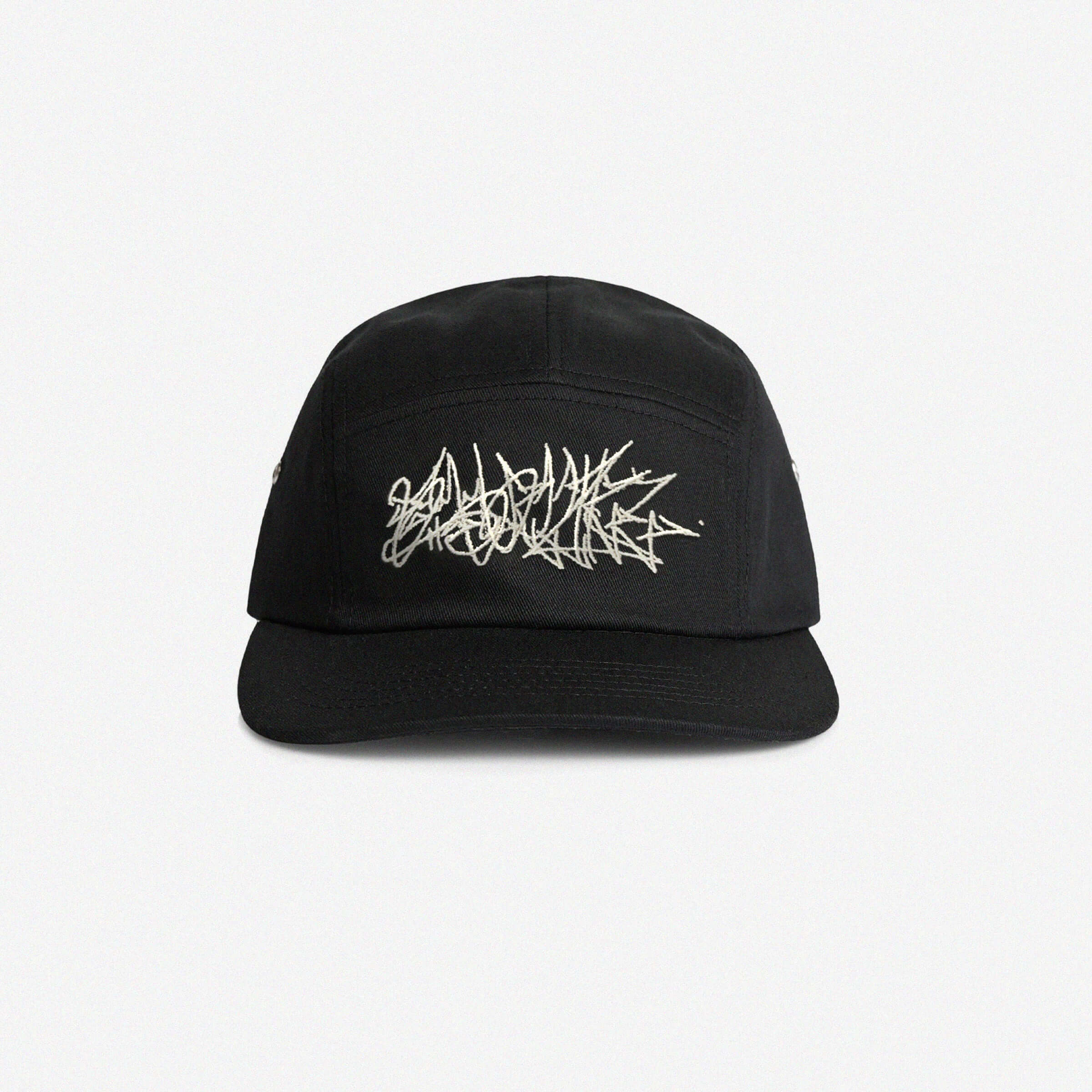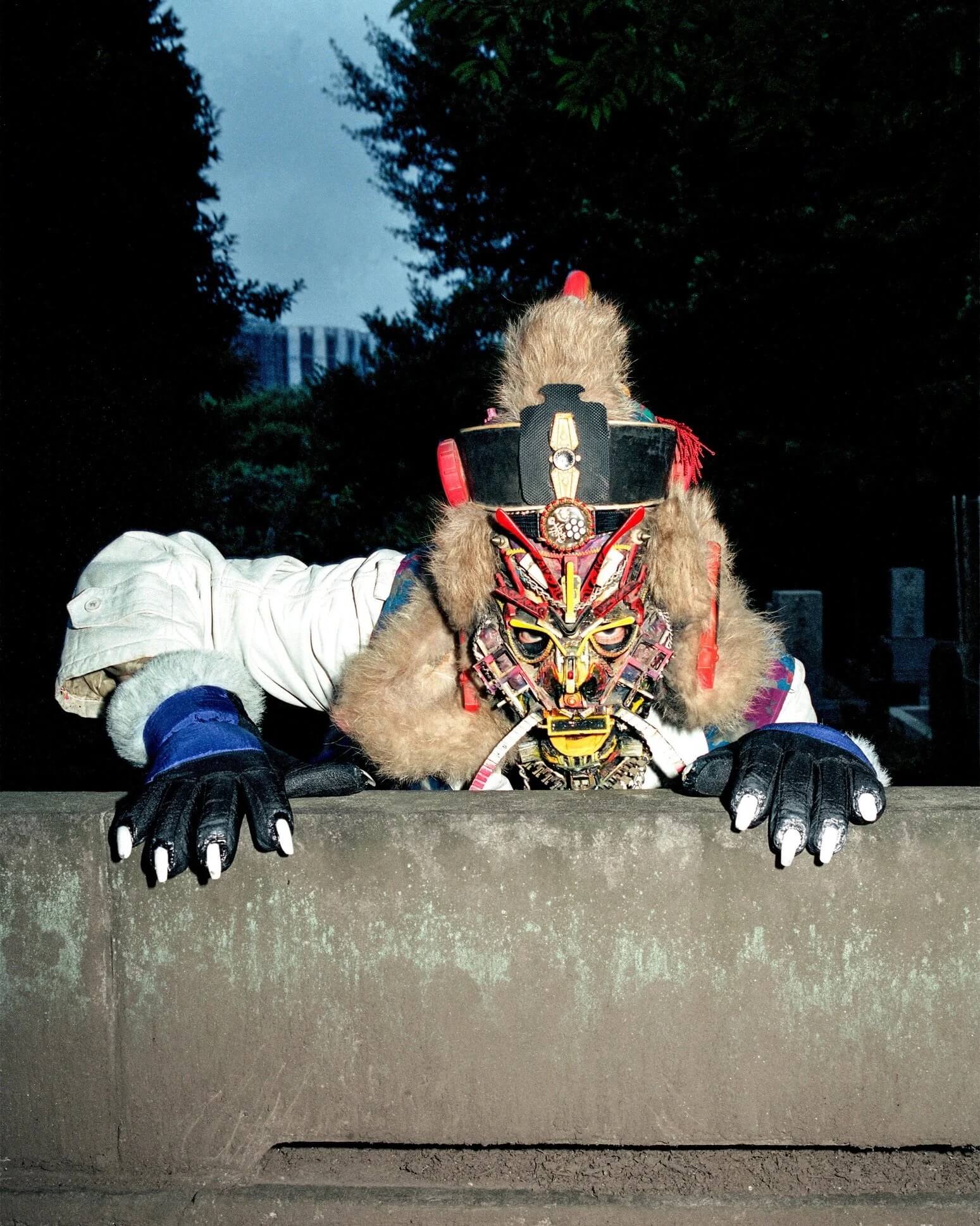SEARCH THE ENTIRE SITE
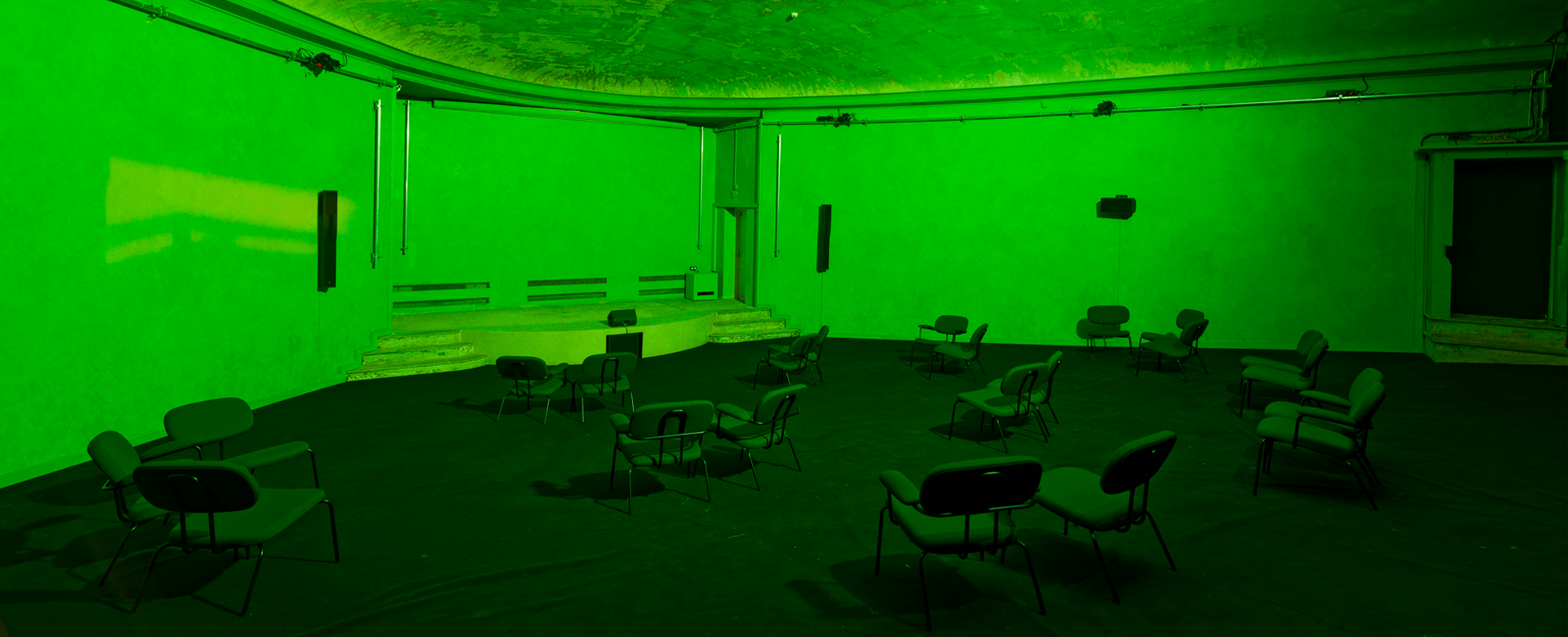
RAMMELLZEE in room 37DB
From February 21 to May 11GANGSTA DUCK
A total artist, RAMMELLZEE manipulates writing, drawing, painting and performance to carry out his Gothic Futurist conquest against dominant languages. As the Master of Ceremonies for the legendary Rock Steady Crew, he quickly set himself apart by inventing the “Gangsta Duck” style, a name given to his nasal intonation, like a duck stretched through a vocoder.
“Nothing is written down. I do not know how to play a synthesizer, but I play it very well. I love it. I’ll repeat it. I play it well enough that they say I do Gregorian chants. I call it Rammellzean chants. I don’t call it rap, I don’t call it music. I call it chants.”
In 1983, Tartown Records released Beat Bop, an unprecedented musical collaboration about the life and attitude of a pimp of the time, which shook up the hip-hop scene and remains one of the movement’s iconic tracks. Artist Toxic recalls the origins of this piece: an impromptu jam session at a party at Jean-Michel Basquiat’s place, where Madonna played the keyboard, Basquiat played the bongo, and he himself played a drum machine. Recorded in just 10 minutes at Daily Planet Studio, the final project brought together K-Rob and RAMMELLZEE freestyling, with Al Diaz and Eszter Balint composing a track inspired by the Psycho theme by Hitchcock.
Often, RAMMELLZEE performed in intimate settings across various alternative venues in the United States, Japan, and Europe. He notably performed at Squat Theatre and joined the European tour of the New York City Rap Tour in 1984, which took him to Paris. He also made an appearance in a scene from Stranger than Paradise (1984) by Jim Jarmusch and in Wild Style (1983), the first hip-hop film directed by Charlie Ahearn.
Over time, RAMMELLZEE withdrew from the art world and devoted himself more and more to music. His voice can be heard in Style Wars (1983), directed by Tony Silver, and he has been sampled by artists like the Beastie Boys and Cypress Hill, while MF DOOM openly claimed him as an influence. As a member of Gettovetts, RAMMELLZEE continued to complexify his phrasing, often playing with repetition and echoes, as if constructing an ultrasonic tunnel infused with gothic, futurism, punk, P-Funk, and a lot of noise—both in the literal and musical sense.
Within Room 37db, a space dedicated to acoustic experimentation, the Palais de Tokyo presents a unique selection of a dozen RAMMELLZEE tracks, all compiled on a vinyl record published by the institution in collaboration with the Estate of RAMMELLZEE and the 12on12 project.
37db
Sound laboratory, Room 37 becomes 37db, when the Palais de Tokyo entrusts this oval space to artists, musicians, and composers to explore the exhibition through acoustic experiences. These invitations go beyond the field of contemporary art, expanding its boundaries and decibels.
